<< Our Photo Pages >> La Cotte de St Brelade - Cave or Rock Shelter in Channel Islands and Isle of Man in Jersey
Submitted by davidmorgan on Monday, 11 July 2022 Page Views: 17775
Natural PlacesSite Name: La Cotte de St Brelade Alternative Name: Lé Creux ès FéesCountry: Channel Islands and Isle of Man Island: Jersey Type: Cave or Rock Shelter
Nearest Town: St Brelade
Latitude: 49.175525N Longitude: 2.188405W
Condition:
| 5 | Perfect |
| 4 | Almost Perfect |
| 3 | Reasonable but with some damage |
| 2 | Ruined but still recognisable as an ancient site |
| 1 | Pretty much destroyed, possibly visible as crop marks |
| 0 | No data. |
| -1 | Completely destroyed |
| 5 | Superb |
| 4 | Good |
| 3 | Ordinary |
| 2 | Not Good |
| 1 | Awful |
| 0 | No data. |
| 5 | Can be driven to, probably with disabled access |
| 4 | Short walk on a footpath |
| 3 | Requiring a bit more of a walk |
| 2 | A long walk |
| 1 | In the middle of nowhere, a nightmare to find |
| 0 | No data. |
| 5 | co-ordinates taken by GPS or official recorded co-ordinates |
| 4 | co-ordinates scaled from a detailed map |
| 3 | co-ordinates scaled from a bad map |
| 2 | co-ordinates of the nearest village |
| 1 | co-ordinates of the nearest town |
| 0 | no data |
Internal Links:
External Links:
I have visited· I would like to visit
Andy B has visited here
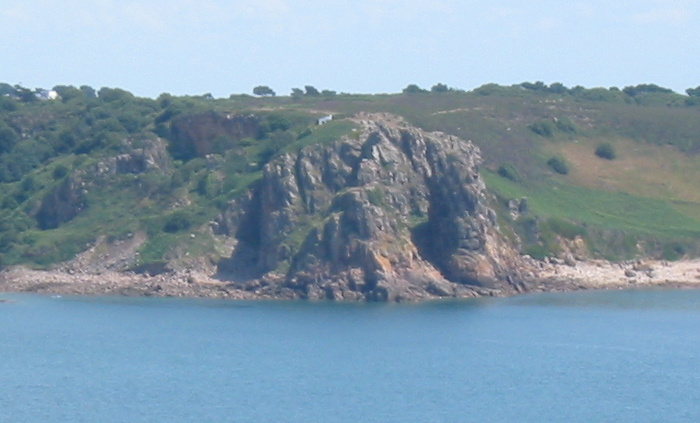
Over the 190,000 years when Neanderthals used la Cotte, the surrounding landscape changed dramatically. At that time, with sea levels slightly below those at present, Jersey was part of Normandy, a peninsula jutting out from the coast. It was not until after the last Ice Age that the sea eroded the coastline, separating first Guernsey, then Jersey and finally the Ecréhous from the mainland.
A close study of mammoth bone heaps casts doubt on the romantic notion of Neanderthal hunters driving herds over cliffs in mass kills. Updates in the comments.
You may be viewing yesterday's version of this page. To see the most up to date information please register for a free account.

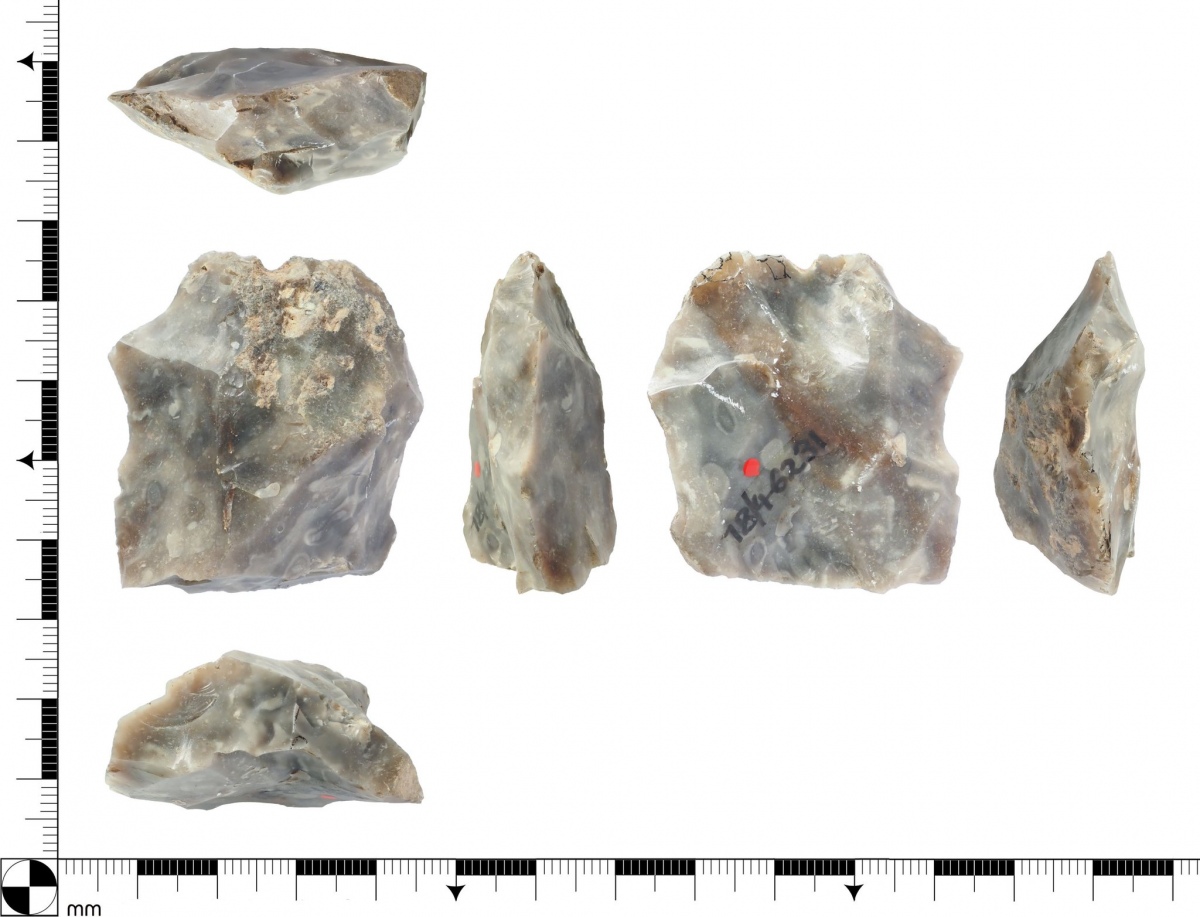
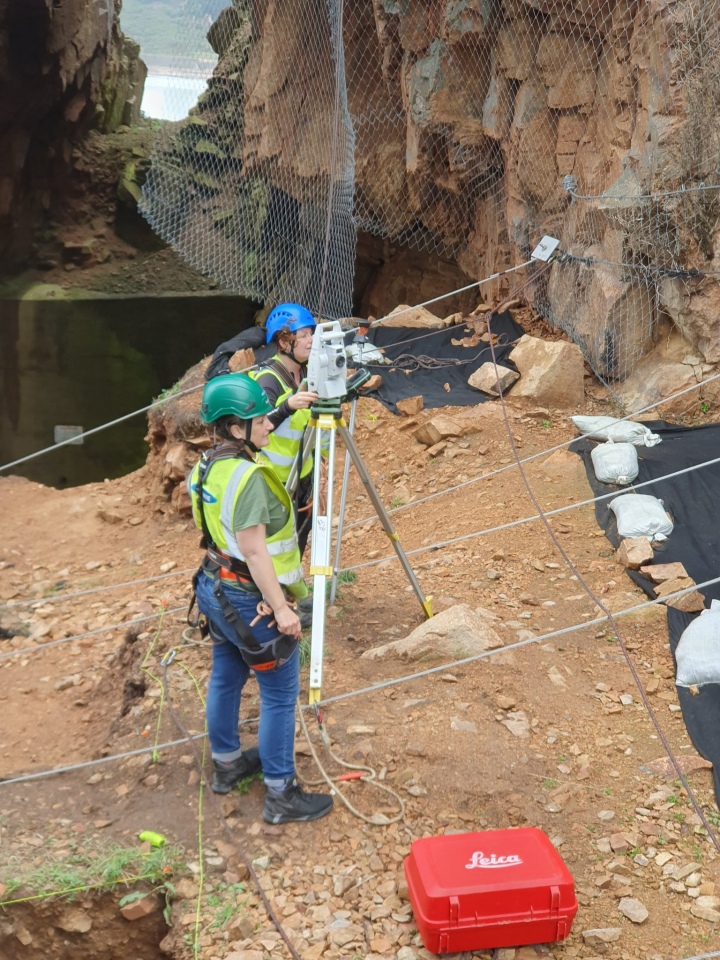
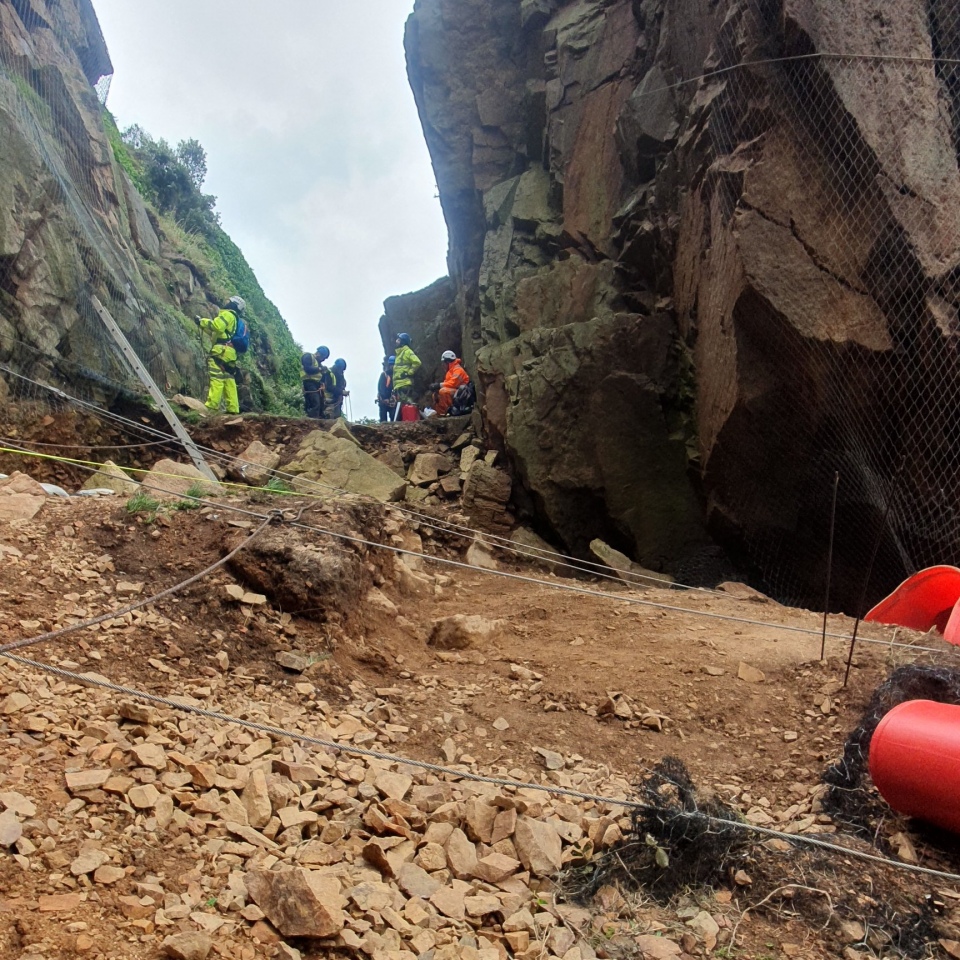





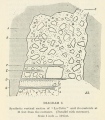
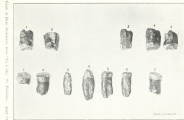



Do not use the above information on other web sites or publications without permission of the contributor.
Click here to see more info for this site
Nearby sites
Click here to view sites on an interactive map of the areaKey: Red: member's photo, Blue: 3rd party photo, Yellow: other image, Green: no photo - please go there and take one, Grey: site destroyed
Download sites to:
KML (Google Earth)
GPX (GPS waypoints)
CSV (Garmin/Navman)
CSV (Excel)
To unlock full downloads you need to sign up as a Contributory Member. Otherwise downloads are limited to 50 sites.
Turn off the page maps and other distractions
Nearby sites listing. In the following links * = Image available
1.6km ESE 102° La Hougue de Vinde* Chambered Tomb
2.0km WNW 282° The Beauport Dolmen Chambered Tomb
2.9km WNW 300° La Rocque ès Jovaies* Standing Stone (Menhir)
2.9km NW 315° Great Menhir, The* Standing Stone (Menhir)
3.0km NW 323° La Tête des Quennevais Ancient Village or Settlement
3.2km NW 319° Little Menhir, The* Standing Stone (Menhir)
3.2km NW 321° The Ossuary* Chambered Tomb
3.3km NW 322° Broken Menhir, The* Standing Stone (Menhir)
3.4km WNW 291° La Sergenté* Passage Grave
3.6km WNW 281° La Table des Marthes* Natural Stone / Erratic / Other Natural Feature
4.5km NNW 332° The White Menhir Standing Stone (Menhir)
4.7km NNW 333° Les Trois Rocques* Standing Stones
4.8km ENE 61° Ville ès Nouaux* Burial Chamber or Dolmen
6.7km NNW 338° Les Mont de Grantez* Passage Grave
7.7km E 80° Les Varines* Ancient Village or Settlement
7.9km NNE 24° La Hougue Boëte* Chambered Tomb
8.3km ESE 102° La Motte (Jersey)* Cist
8.4km E 91° Le Mont Ubé* Passage Grave
8.5km E 95° La Dame Blanche* Standing Stone (Menhir)
8.5km NNW 347° La Hougue des Géonnais* Passage Grave
9.3km NNW 330° Le Pinacle* Rock Outcrop
9.4km ENE 73° La Hougue Bie* Chambered Tomb
9.6km NNW 337° Les Landes Cist* Cist
9.9km NNW 336° La Hougue des Grosnez* Round Barrow(s)
9.9km NNW 338° La Cotte a la Chevre* Cave or Rock Shelter
View more nearby sites and additional images

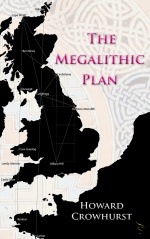




 We would like to know more about this location. Please feel free to add a brief description and any relevant information in your own language.
We would like to know more about this location. Please feel free to add a brief description and any relevant information in your own language. Wir möchten mehr über diese Stätte erfahren. Bitte zögern Sie nicht, eine kurze Beschreibung und relevante Informationen in Deutsch hinzuzufügen.
Wir möchten mehr über diese Stätte erfahren. Bitte zögern Sie nicht, eine kurze Beschreibung und relevante Informationen in Deutsch hinzuzufügen. Nous aimerions en savoir encore un peu sur les lieux. S'il vous plaît n'hesitez pas à ajouter une courte description et tous les renseignements pertinents dans votre propre langue.
Nous aimerions en savoir encore un peu sur les lieux. S'il vous plaît n'hesitez pas à ajouter une courte description et tous les renseignements pertinents dans votre propre langue. Quisieramos informarnos un poco más de las lugares. No dude en añadir una breve descripción y otros datos relevantes en su propio idioma.
Quisieramos informarnos un poco más de las lugares. No dude en añadir una breve descripción y otros datos relevantes en su propio idioma.